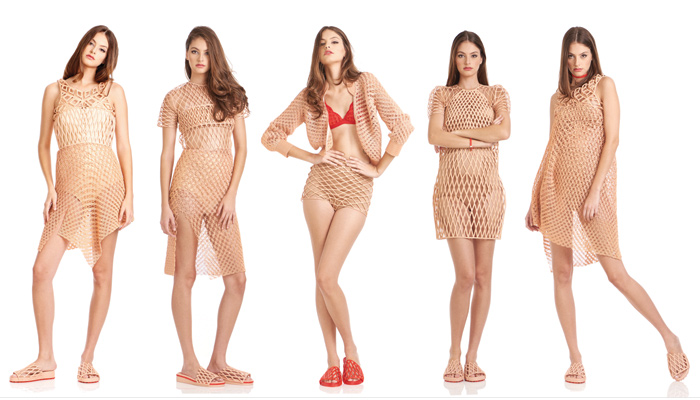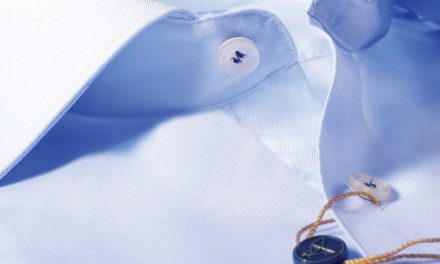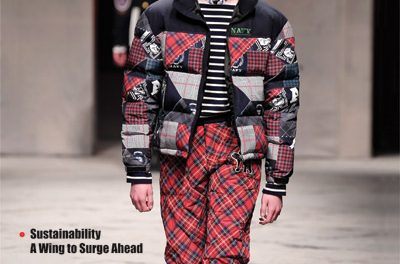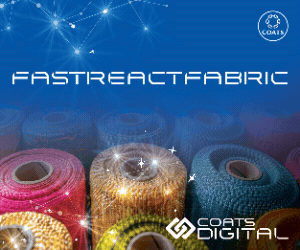The technology of 3-D printing is taking over manufacturing sectors around the globe. Since its inception in 1986 till now, 3-D printing has taken over many things around us – and we are not aware of this.
Do we know that most cars are first prototyped using 3-D printing before they get launched? 3D printing is the process of creating 3- dimensional objects through joining or solidifying material under computerised control. In this process, a computer-aided design is converted into a 3D object, by printing the material layer by layer and joining them in the form of a cohesive object. This technology is being extensively used both in prototyping and additive manufacturing. If we use inject printer to print out an alphabet and look closely, we will find that the ink has not stained the paper, but it sits on the paper. If we print the alphabet, again and again, it will take the form of a 3D letter on that paper. The same phenomenon works in a 3D printer, where a binder material is deposited on a powder bed with inject printer heads, layer by layer, eventually giving it a form of a 3D object.
Some history
This technique has been around for more than 30 years now. The first patent related to 3D printing was granted in 1986 for Stereolithography Apparatus to an American, Chuck Hull, founder, 3D Systems. Around the same time, Massachusetts Institute of Technology (MIT) coined the term 3D printing based on their ongoing research on the technology.
3D Printing In Fashion
The 3D printing technology is being used in various industries, like prosthetics, low-cost housing projects, automobile parts, etc. both for prototyping and mass manufacturing. Fashion, on the other hand, is an industry, which is yet to completely realise the potential that this technology has to offer.
This lag is due to the fact that synthetic materials commercially available for 3D printing like polylactic acid are not flexible and comfortable enough to be used as textiles or in garments. They print as solids and lack any spaces that allow air to pass through them like conventional fabrics. 3D printing in textiles is still at a conceptual stage. One promising avenue in this field is combining 3D printed panels with the traditional textiles. The adhesion of these 3D printed panels to the garment, although needs to be worked upon by fine-tuning of the printing parameters.
Also, designers have researched and came up with a collection of garments modeled as the geometry of sound wave, using rubber mesh that allows the dresses to contract and stretch like memory foam mattress. The structure compresses when the weaver sits down and springs open when they get back standing. This design does give the flexibility 3D printing lacked in fashion, but the comfort part is still a far reach. The look of this fabric resembles fake leather and it lacks comfort and sticks to the body. Hence, obviously more research is needed, but we are moving in the forward direction.
Do we know – 3D printing is actually older than internet? Sir Tim Berners Lee invented the World Wide Web in 1989 while the groundwork for modern 3D printers were first laid by Chuck Hull of 3D Systems in 1986, years before Berners Lee wrote his first ever WWW program.
The University of Maryland has conducted a recent study of thermal regulation textiles, where they have used 3D printing technology. This textile is created by 3D printed fibres made from nanofibre composite prepared from Polyvinyl Alcohol and boron nitrate. These fibres are then woven into a fabric with a high level of thermal conductivity, which allows the body heat to pass through, making the wearer feel a cooling effect. So, using this technology for making fibre, and then weaving them traditionally is another possibility of using this technology in fashion. 3D printing is hence limited to its use in jewelry and athletic wear segments in fashion right now. Brands like Nike and Adidas are using this technology for manufacturing high-performance padding and shoe soles, which are generally made from foam. NASA is also using this technology to produce 3D –printed chain mail material to be used for protective armors for astronauts.
Do we know? 3-D anatomical models can mimic the actual anatomy of a human body. This can help doctors understand complications and plan effective surgeries.
Advantages of 3D Printing
- In traditional manufacturing, irrespective of the effectiveness and efficiency of the operations, wastage of raw material is inevitable.
- With 3D printing, we are using as much raw material as required to print, which means we are eliminating the need for additional raw material, as we can print the exact size of the panel for each garment.
- Beyond zero wastage, 3D printing eliminates many labour-intensive processes from the complete apparel manufacturing cycle, reducing the labour costs.
- Apart from cost savings, another big advantage that 3D printing offers is improved quality, as the occasional human error is eliminated from the manufacturing process.
Disadvantages of 3D Printing in fashion
- We are still a far way to go when it comes to 3D printed textiles. Currently, 3D printed textiles and garments fail to offer comfort and flexibility that a garment is expected to provide. They do not absorb moisture as the layers of the raw material fuse with each other, leaving no air gaps.
- Apart from the material problems in 3D printing, more research is needed to understand how design elements can impart drapeability and breathability into the 3D printed garments making them wearable.
- Also, 3D printed textiles cannot be sewn into garments like traditional manufacturing. Alternatives, like melting of edges and fusing them to other panels, are being explored, but we are still in the starting phases.
- Lastly, the cost of material for 3D printing of textiles and garments is high. Producing samples and limited pieces might be possible, but for mass production, we still need to identify materials that can make the process commercially viable.
Future of 3D Printing
We are still at the conceptual stage with using this technology in fashion, but we can be optimistic that this technology can change the game for future retailers. Both in high-end and mass market fashion retail, 3D printing can eliminate the need for the extensive manufacturing process.
We still need to overcome the obstacle of finding the right material. Although flexible polymers are being explored for this purpose, the industry needs a bigger range of raw materials that can be converted into comfortable and wearable garments through 3D printing.
Another big challenge is the development of specialised 3D printers that are suitable for garments,and can print wearable fabrics. Overall, it might still take a few years or even a decade to reach there, but 3D printing has the potential to change the business altogether.


















